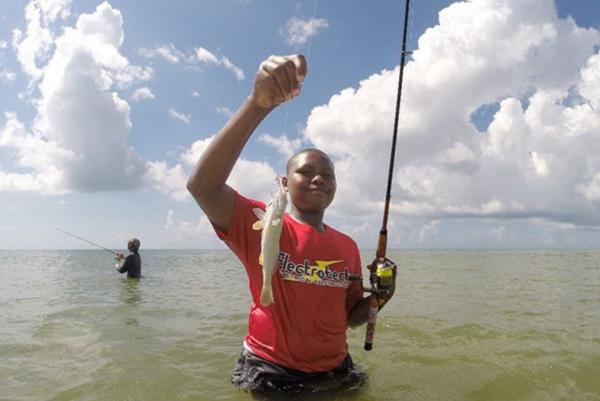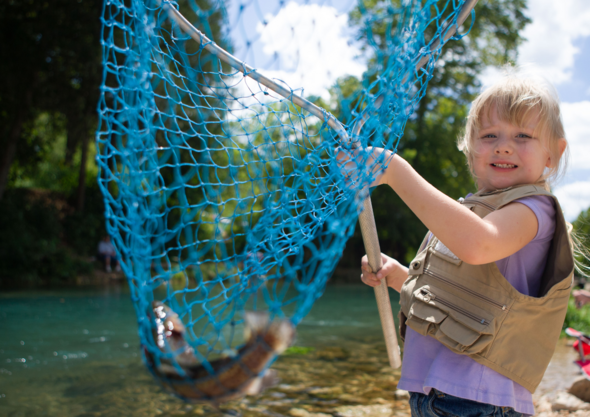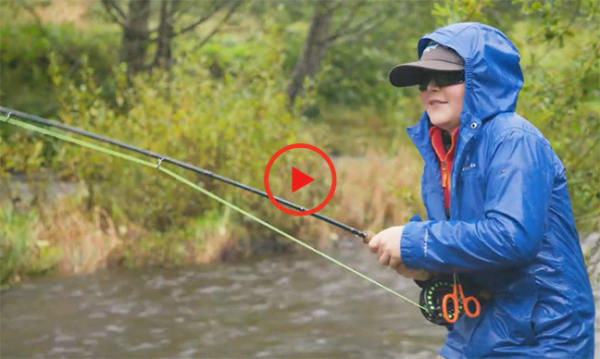
I like to think I started my grandkids right in fishing and boating—a trip to my house always meant cutting bamboo stalks to make cane poles, stringing them up and then getting on the water for a few hours of capturing bluegills and crappies for a fish fry. In between, we’d get out for some tubing behind the pontoon boat.
They loved it, couldn’t wait to come back and chatted about fishing and tubing with me by phone regularly.
And as soon as they became teenagers, they never did either again.
While there are a lot of avid young anglers and boaters these days, there are a lot more young people—and adults, too, for that matter--who have enjoyed fishing and boating early on and then given it up.
If you’re in the fishing tackle or boat building industries, this is a scary fact.
It’s also deeply concerning for conservationists, because many of the people who care most about the quality of our lakes, rivers and coastal environments are anglers and boaters, and the massive funding from excise taxes on fishing and boating gear helps to support fish and wildlife departments across the nation.
The nation, and the world, had a boom in recreational product sales during the covid quarantine because the woods and waters were “safe” in terms of infections.

But now that boom has busted.
Boat dealers who loaded up on floor models are seeing them gather dust, and major manufacturers are slowing production. (The high interest rates are a part of this, to be sure, but not the major part.)
Bass Pro Shops/Tracker just announced laying off 10 percent of their employees at their Lebanon and Bolivar aluminum boat production, after a previous layoff of White River staff in April.
Mercury Marine has notified 1,700 hourly employees at its Fond du Lac facility that there will be temporary layoffs between now and the end of the year. Twin Vee/Aquasport has also reported workforce cuts and operation “streamlining”.
Why do novice anglers and boaters leave the pursuits behind?
The simple answer, for the younger generation, is that there are now too many competing interests to allow time for outdoors pursuits.
Organized team sports start when kids are 5 and continue until they are adults. The combination of practices and games leave little time for outside activities, but if there is any parents tend to fill it with music lessons and other enrichment programs they hope will take.

Any spare minutes are spent on smart phone or laptop swapping memes with friends.
Fishing and boating, unless you’re lucky enough to live on or near the water, take a lot of time—you can’t do either in a couple hours after school if you live 20 miles from the lake.
And of course for kids who live in less privileged circumstances, the opportunities are never there—and some might be more worried about where dinner is coming from than how to handle a baitcaster.
The Recreational Boating and Fishing Foundation (RBFF) is addressing the problem, part of which is termed “churn”—that is, people who try fishing/boating but for one reason or another soon give it up.
From an industry standpoint, this is a major hit. Per an RBFF report, existing customers are up to 14 times more likely to make a purchase than new prospects. And, they spend 31-percent more than new customers.
Upcoming Webinar on “The Psychology of Churn”
To help the fishing and boating community better understand churn and how to encourage their audiences to stick with it, RBFF is rolling out resources starting with a free webinar on Thursday, September 12 at 2:00 p.m. ET. The discussion will be led by RBFF and will include an overview of the research, why addressing fishing and boating churn is important, common themes as to why people bail out and actionable insights and tactics to retain them. It’s far from a total solution but it’s a step in the right direction. Register online for the webinar
Frank Sargeant